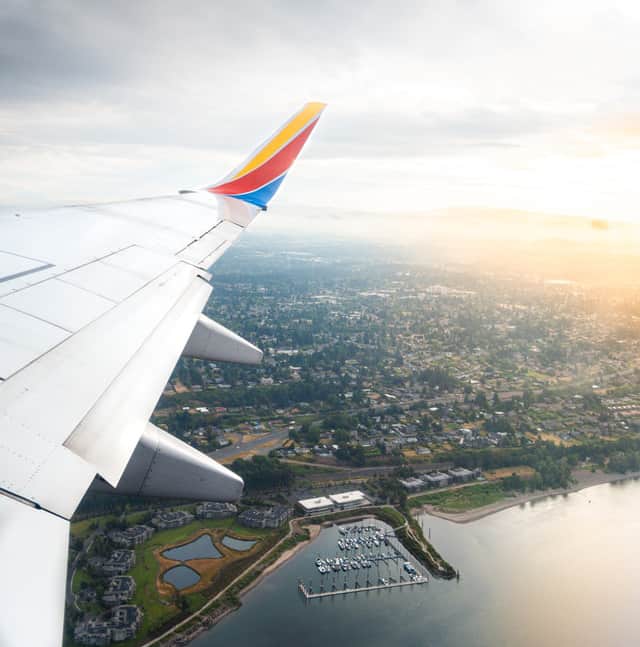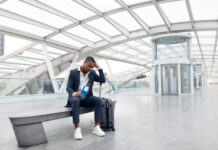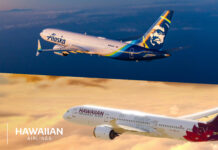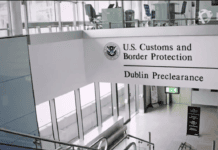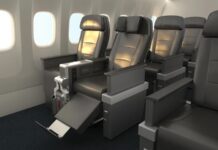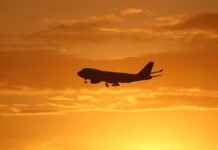It’s time: You need to take your first flight since the pandemic began. Or you just want to get back on a plane to finally take that long-postponed vacation. We turned to the experts to see: Is It Safe to Fly?
Is it safe to fly yet? The statistics are one thing, but the real answer depends on each individual’s personal risk-benefit analysis. In early August, the US State Department lifted the travel advisory warning Americans against all international travel, but the State Department and the Centers for Disease Control and Prevention still have advisories in place urging against non-essential travel to many countries.
Here are what some of the experts say:
Arnold Barnett, a professor of management science at the Massachusetts Institute of Technology, has factored in variables including the odds of being seated near someone in the infectious stage of the disease, the odds that the protection of masks will fail and the way air is filtered and recirculated on jets. What Barnett came up with was that we have about a 1/4,300 chance of getting COVID-19 on a full two-hour flight—that is, about 1 in 4,300 passengers will pick up the virus, on average. The odds of getting the virus are about half that, 1/7,700, if airlines leave the middle seat empty. The odds of dying of a case contracted in flight, he found, are even lower—between 1 in 400,000 and 1 in 600,000, depending on your age and other risk factors. To put that in perspective, those odds are comparable to the average risk of getting a fatal case in a typical two hours on the ground. Source: Bloomberg.com
Airplane travel has some built-in safety features, according to Dr. David Powell, a medical advisor for the International Air Transport Association. Customers sit facing forward and not toward each other, seat backs provide a barrier, and the limited movement of passengers once seated adds to the onboard protection. Airflow is less conducive to droplet spread than other indoor environments: flow rates are high, directed in a controlled manner (from ceiling to floor), to limit mixing, and the use of HEPA filters ensures that the air supply is pure. Source: Business Insider
According to Dr. Julian Tang, a consultant virologist at the UK’s Leicester Royal Infirmary and associate professor at Leicester University, the majority of infection during a plane journey will stem from close-range, face-to-face conversations—and that these are unaffected by the plane’s internal airflow. Ventilation systems attempt to stop transmission front to rear. “The problem is that people sit so close together, and the effects of the ventilation system don’t normally kick in until the exhaled air from each passenger has been circulated somewhat. And, of course, there’s no way to be sure that your fellow passengers aren’t infected.” Source: TimeOut.com
Dr. Mark Gendreau, chief medical officer at Beverly Hospital in Massachusetts and a professor of emergency medicine at Tufts University, believes that it’s still not a great time to take a flight for, say, a beach vacation. Gendreau said that your risk within a confined space like an airplane comes down to three factors: the duration of your exposure, your proximity to the source of the exposure and how infectious that source is. Source: NPR.org
Air travel requires spending time in security lines and airport terminals, which can bring you in close contact with other people and frequently touched surfaces. Most viruses and other germs do not spread easily on flights because of how air circulates and is filtered on airplanes. However, social distancing is difficult on crowded flights, and you may have to sit near others (within 6 feet), sometimes for hours. This may increase your risk for exposure to the virus that causes COVID-19. Source: CDC
Six Tips to Keep in Mind When Flying
Click here for the six items you should have with you on your next flight.
You Might Also Be Interested in
Level 4 Travel Advisory Lifted
CHTA’s Caribbean Travel Advisories



